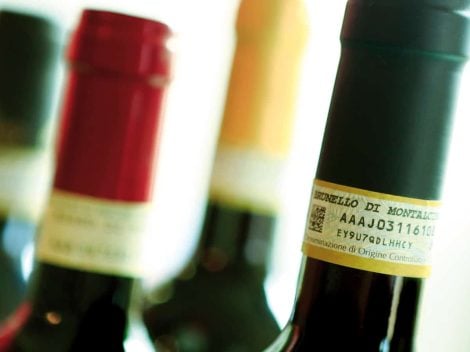Citra, the winery in Abruzzo
Citra certainly stands out among the most important names in the Abruzzo winemaking scene. Founded in 1973, it is a second-level cooperative that brings together nine realities in the province of Chieti (in the towns of Torrevecchia Teatina, Tollo, Crecchio, Ortona, Lanciano, Rocca San Giovanni, Paglieta, Pollutri), and today it is among the major national wineries, with its 20 million bottles produced by a vineyard that extends for 6,000 hectares, cultivated by about 3,000 members. The technical staff, supervised by Riccardo Cotarella, transforms the grapes into a wide range of wines, starting from those intended for daily consumption, all the way to ambitious selections, above all made with Montepulciano, Trebbiano and Pecorino. Last May Sandro Spella was appointed President of this large group: we interviewed him to have him illustrate in detail the important reality he leads.
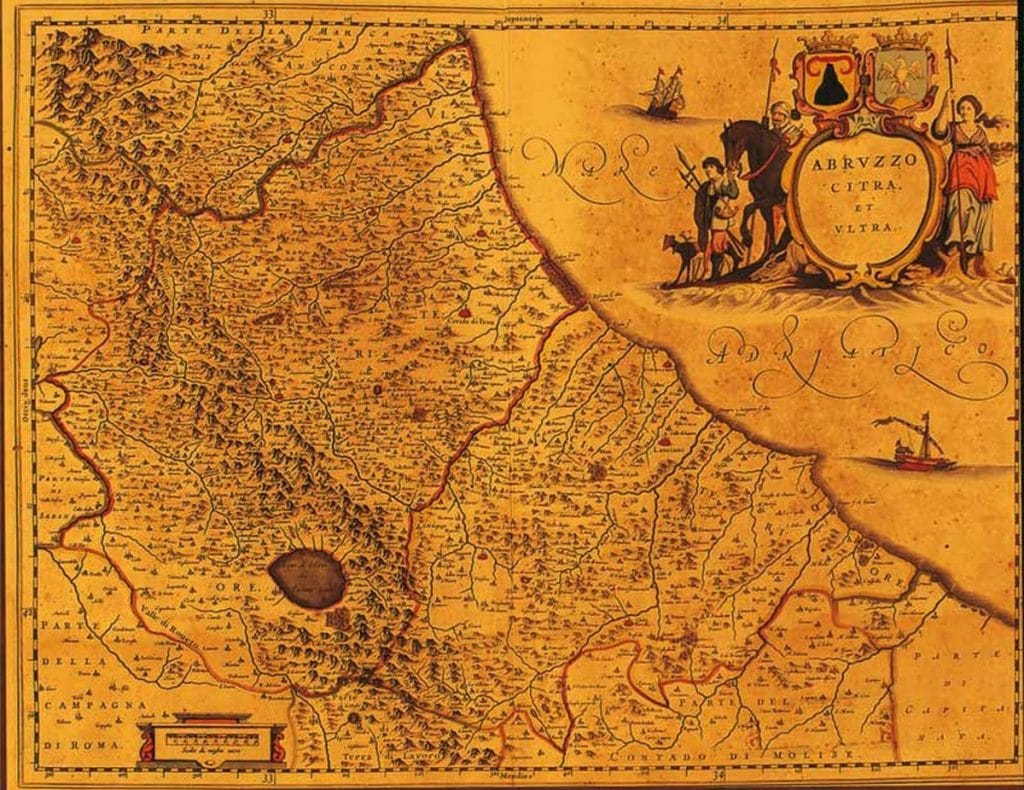
Let's start with the name: what does Citra mean?
The strong link with our territory can already be seen from the name that the founding members, in 1973, wanted to give to the company; the word Citra, in fact, is a Latin adverb, the name of one of the two Principalities into which Abruzzo was divided in the geographical maps of the Kingdom of the Bourbons and the Papal States, dating back to pre-19th century, before the unification of Italy. The name Citra, identifying the area in which the 9 cooperatives that form the Consortium are located, is therefore full of meanings: it expresses the strong link with the territory and refers to an ancient winemaking knowledge that in the Chieti area is lost in the mists of time. An experience renewed by the 3,000 Citra members, day by day, with pride and passion. The objective of the Citra Consortium is to promote Abruzzo viticulture, coordinating the activity of the 9 associated wineries, supporting and guiding the commitment of the three thousand families of wine growing members, thus ensuring continuous control and improvement of the entire production chain: from working the soil in compliance with the specific characteristics, (in fact each member is supported by a team of agronomists for the optimisation of the cultivation of their vineyards), up to the harvesting, pressing of the grapes, bottling and ageing of the wines.
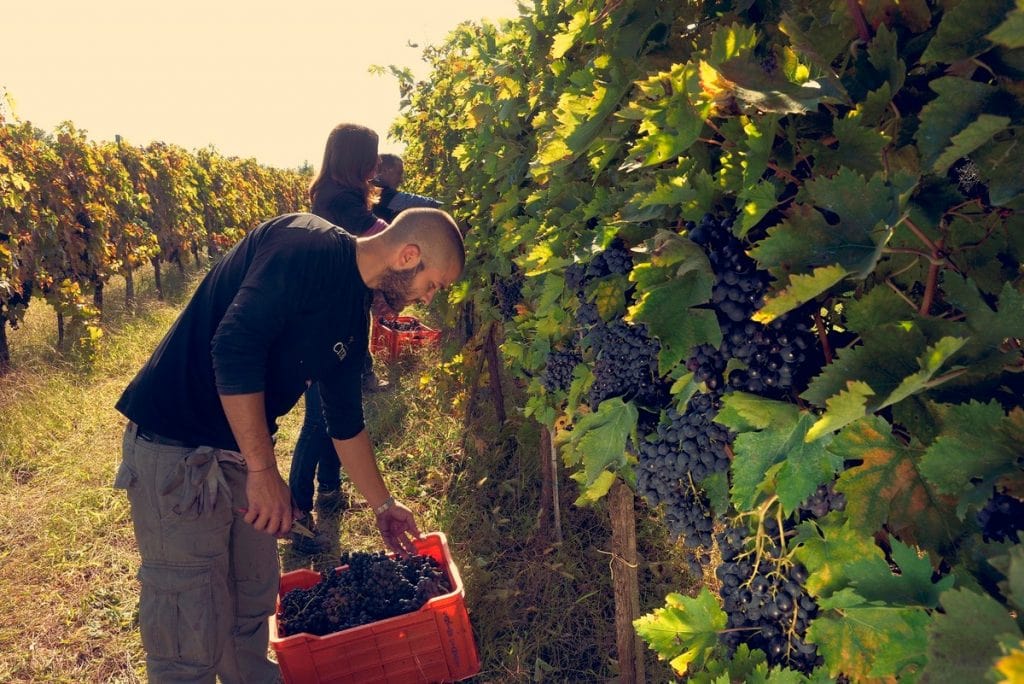
The territory in which your partners work is truly vast: what are the main characteristics?
The vineyards of Citra's 3,000 members extend over 6,000 hectares, almost the entire province of Chieti: from north to south for 90 kilometres, and, from east to west, from the coast to inland and the mountainous areas for 40 kilometres. An area that offers unique and different terroirs and microclimates, with temperature ranges that are ideal for growing grapevines. Therefore, in order to better understand and interpret the uniqueness of our territorial heritage, an experimentation and research project was implemented in 2017, which immediately allowed us to summarise the fundamental characteristics of the vineyards controlled by Citra, focusing on three key aspects: one, the vineyards cradled between the Adriatic Sea and the Majella Apennine massif, just 40 km away, where sea breezes and mountain currents meet; two, the richness of rivers and streams; and three, the highly differentiated soil composition as far as micro and macro areas. All this gave birth to a project carried out by the Citra team of agronomists and oenologists, under the supervision of Riccardo Cotarella and Professor Attilio Scienza, which led to the mapping out of the vineyards and the identification of their different characteristics (meteorological, productive, vegetative etc.).
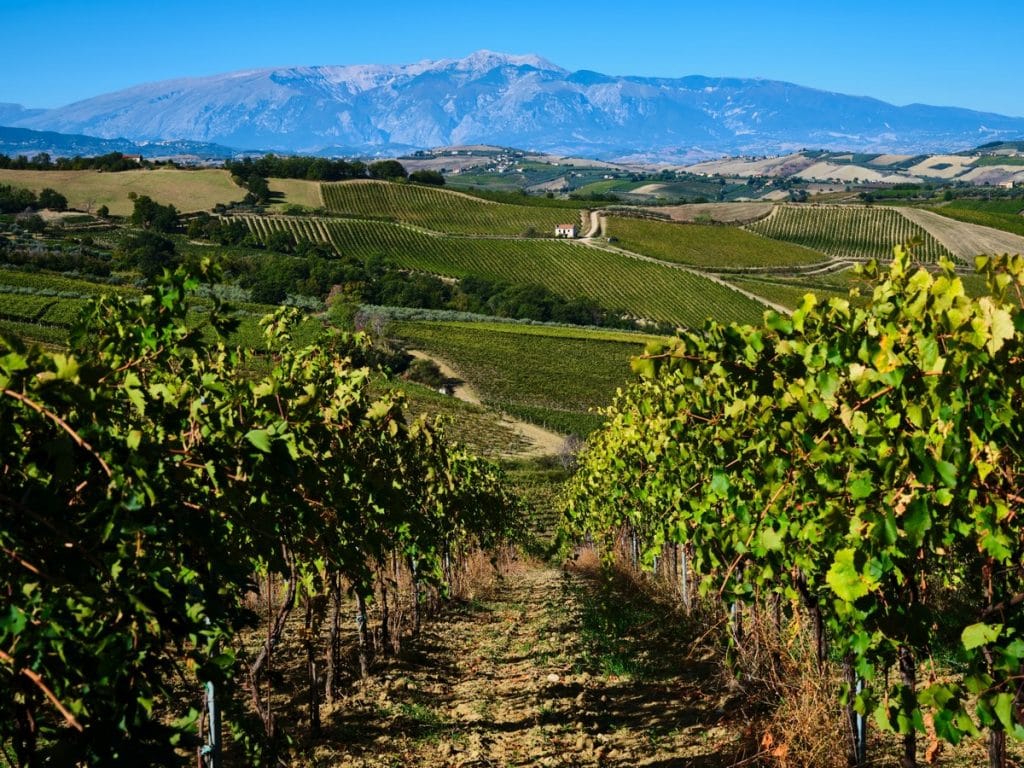
This is where the 4 Territori project came to life, correct?
Exactly. This experimentation has led us to divide our vineyards into four heterogeneous areas: the Teatina zone (Torrevecchia-Tollo); the Marrucina zone (Ortona-Crecchio); Frentania (Lanciano-Rocca San Giovanni); Histonium (Paglieta-Vasto). Each of them has specific peculiarities: our skill must be to know how to highlight them and make them stand out both in terms of terroir and, above all, the wines that derive from them. It is a project of extraordinary importance not only for Citra, but for the qualification of all Montepulciano d'Abruzzo and more generally for the enhancement of Abruzzo viticulture, but at the same time it is very complex because there has never been an experimentation of this generally in such a large area. It is inherent in the mission of our company to promote, but above all, make the most of the quality of the grapes of our 3,000 members and through the zoning project, we are finally and will in the future give a name, a meaning to the many peculiarities of Montepulciano d'Abruzzo and other native grapes. Already, the first research evidence highlights great diversity both from the point of view of soils and microclimates. On these diversities we will build the new interpretations of our wines, able to best tell the Abruzzo oenology and the tireless and painstaking work of the 3,000 families who work with us. What has been implemented, with the zoning of the Citra vineyards, represents, on the one hand, the extraordinary and difficult responsibility that our company has taken up, and, on the other, also testifies the qualitative peaks the world of wine cooperation is capable of reaching. And, if the cooperation equips itself with adequate managerial skills, with correct strategies, based on research and experimentation studies, it will be able to make incredible progress for all regional and national viticulture. Citra is working in this direction, and wants to be an eloquent example.
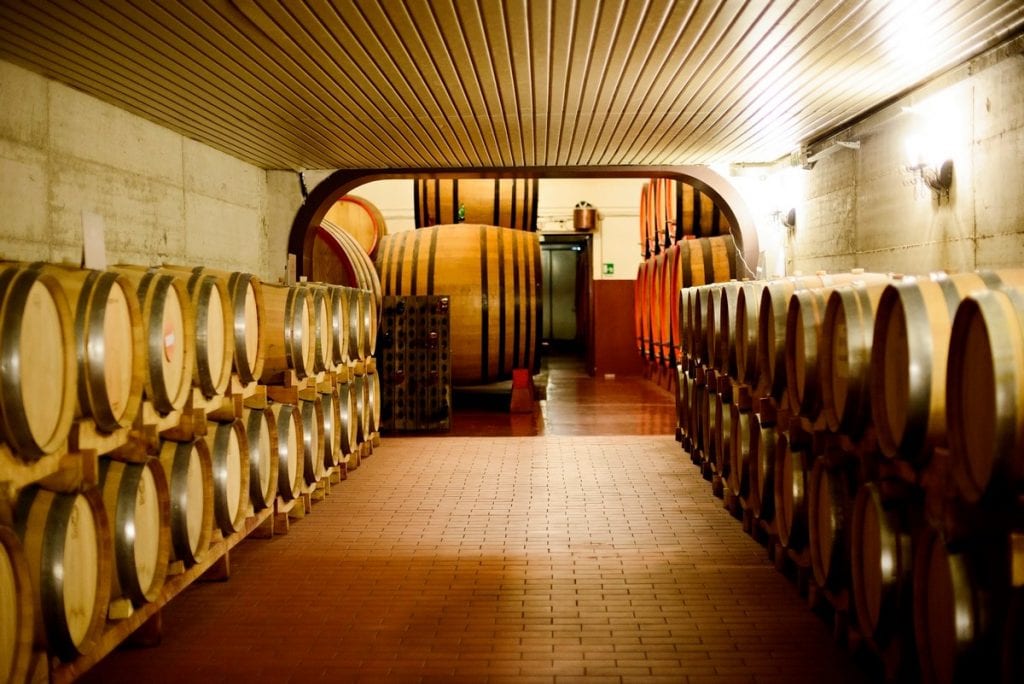
In 2023 Citra will turn 50, an important milestone for a winery. What were the most significant stages of this long journey?
This anniversary bears witness to the journey that has led us to be one of the most solid and structured wineries in central-southern Italy. Summarising half a century of work is not easy, we can underline the pioneering role that Citra had in the '80s both in the modern channel of large-scale distribution and in exports, especially towards the USA and Germany. In the 1990s, Citra wines were also tasted at Buckingham Palace and on airline flights such as Alitalia, Lufthansa, Eurofly-Meridiana. Many awards were received above all being reviewed by "The Wall Street Journal" and being included, in October 2005, by "Wine Spectator" (the most famous magazine in the world of wine) among the 20 best wineries "Sure Bet Value." But without a doubt the prize we care most about is being appreciated by our consumers at all latitudes.
How will you celebrate this important anniversary?
Rather than celebrating our "birthday" on a single date, which would be March 26, 2023, we envisaged creating more opportunities throughout 2023 to share the results achieved and strengthen the sense of belonging of our members and employees, strengthening relationships with customers and stakeholders and communicating what the objectives and the course for the next 50 years will be.
Which markets do you export your products to?
Citra, since the onset, has always been an export-oriented company, one of the first Abruzzo wineries capable of bringing Montepulciano d'Abruzzo to US tables. We were pioneers and today we are present on all five continents.
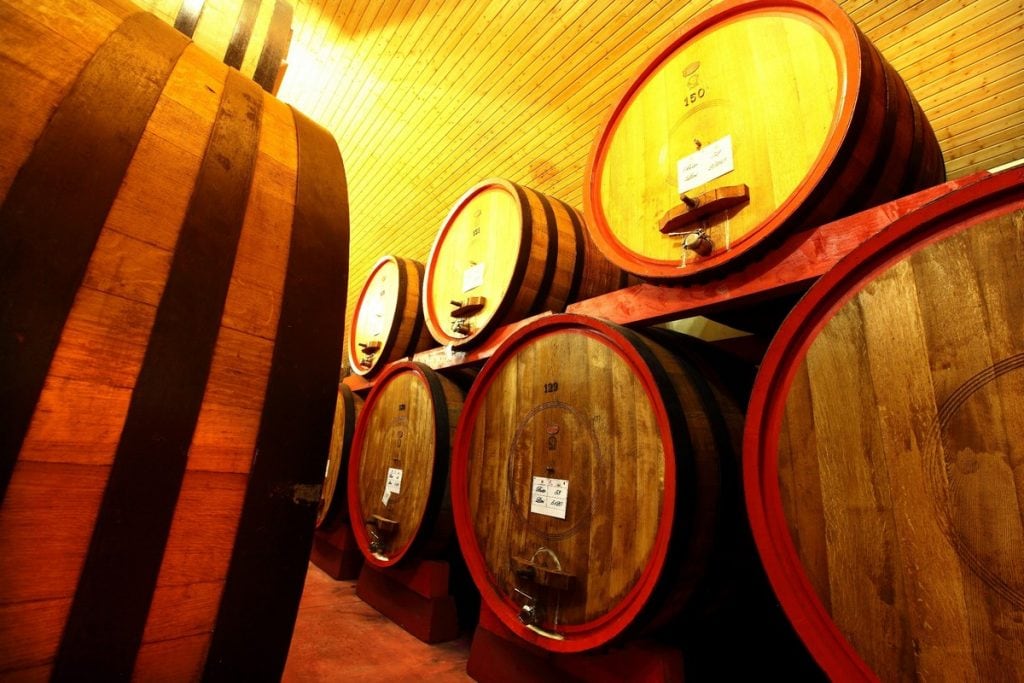
What percentage does export occupy on your total production?
Exports represent 60% of turnover; the main markets are the United Kingdom, Canada, Germany, Japan and Brazil. If initially the best-selling wines were the two regional standard-bearers, Montepulciano and Trebbiano d'Abruzzo, in the last twenty years there has been increasing interest also in Pecorino, Passerina and Montonico, a constant success that knows no end, so much so that these grapes have also been proposed in sparkling versions, both Classic Method and Martinotti. But not only native grapes: the excellent performance, especially in North America, of our Pinot Grigio and Chardonnay should also be highlighted, two allochthonous grapes that have found the right habitat in our Abruzzo.
Tackling the topic of sustainability: how is Citra committed on this front?
In October of 2021, Citra obtained the "Equalitas Sustainable Wine" certification from the Agroqualità certifying body, to underline the values that inspire us and to testify to the careful and virtuous operational processes implemented by our company in terms of social, environmental and economic sustainability.
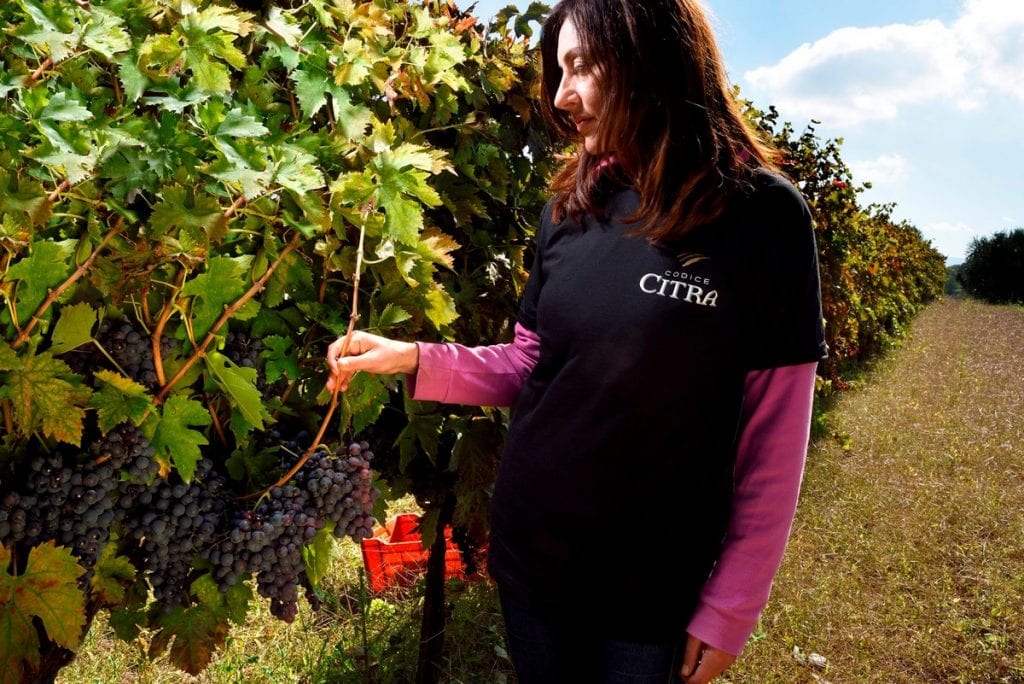
A few examples?
We could start from the production of wines that respect the territory (Bio, Biovegan, Sulphite-free) with eco packaging (lightweight bottles, recyclable capsules, etc.) closer to the needs of consumers. And then the commitment to protect our landscape, starting with energy savings: our systems are powered by a zero-impact 200 KWH solar panel system. Maximum attention is paid to the reduction of CO2, in the reduction of interventions in the vineyards, in the protection of the soil, and in avoiding the accumulation of pollutants in the aquifers. In addition to always guaranteeing better remuneration, we take full care of our community of winegrowers, developing projects to involve local actors (cities, schools, etc.), establishing collaborations with local universities and research institutes. Our economic, environmental and social commitment is aimed at reducing waste, promoting recycling and guaranteeing a future for the next generations. The protection, love and respect for our territory make us aware of the need to market a sustainable wine capable of respecting the environment throughout the production chain both economically and socially, communicating it to the final consumer in an effective and direct manner, on all channels (on-line and off-line) and bearing the Equalitas logo on the label of each of our bottles.
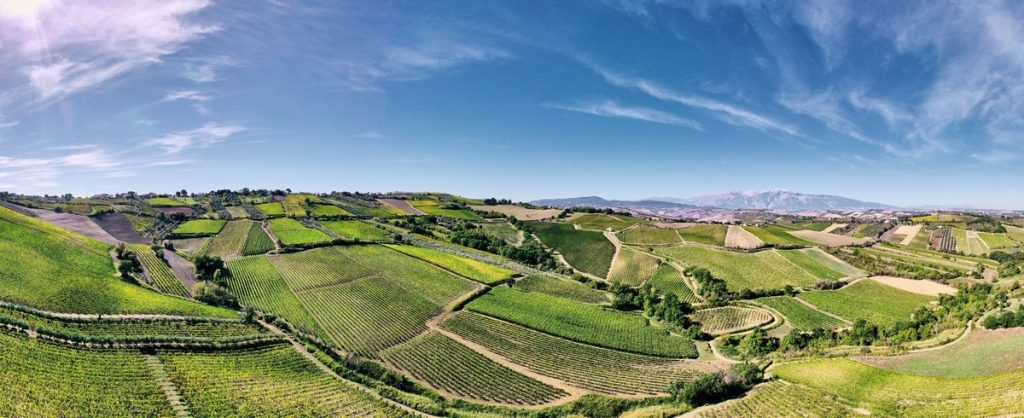
Abruzzo this year received an important recognition from a prestigious international magazine. In your opinion, what are the strengths of Abruzzo wine? How can they be best valued on foreign markets?
Having received from Wine Enthusiast, the famous international magazine, the award for Best Wine Region of the Year makes us really proud, even more knowing that we won over other highly suited and famous areas, such as Marlborough, New Zealand, Southern Oregon/Rogue Valley, Oregon, Uco Valley, Argentina and SLO Coast, California. This recognition certifies both the uniqueness of the wild natural landscape of Abruzzo, the richness of our traditions and our culture; but at the same time it also rewards the innovation processes carried out in recent decades, a continuous work that's increasingly oriented towards quality, safeguarding the authenticity of both the wines and the gastronomic products, a mirror of our land but also of the generational legacy, of those intangible values which are handed down from father to son. Proud of our Abruzzo, it is in the authentic nature that we identify with, so loved and described by two giants of this region, Gabriele D'Annunzio and Ennio Flaiano, now the public's cultural heritage. It is to nature that we dedicate our work, to the ability, day after day, to defend and preserve a large territory, to know how to highlight it and export it to the best tables around the world.


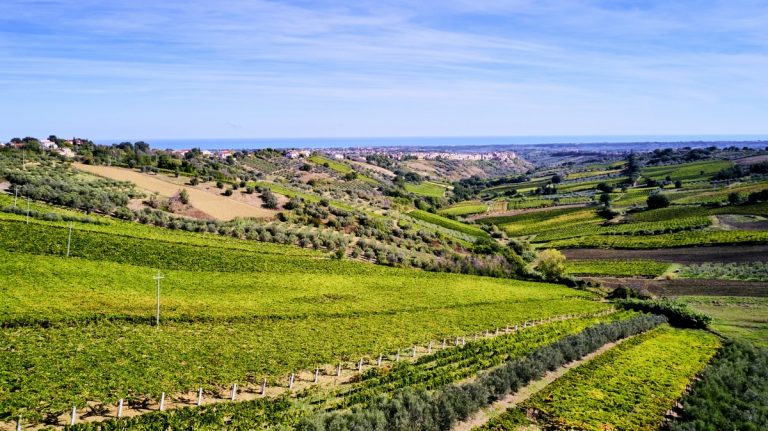
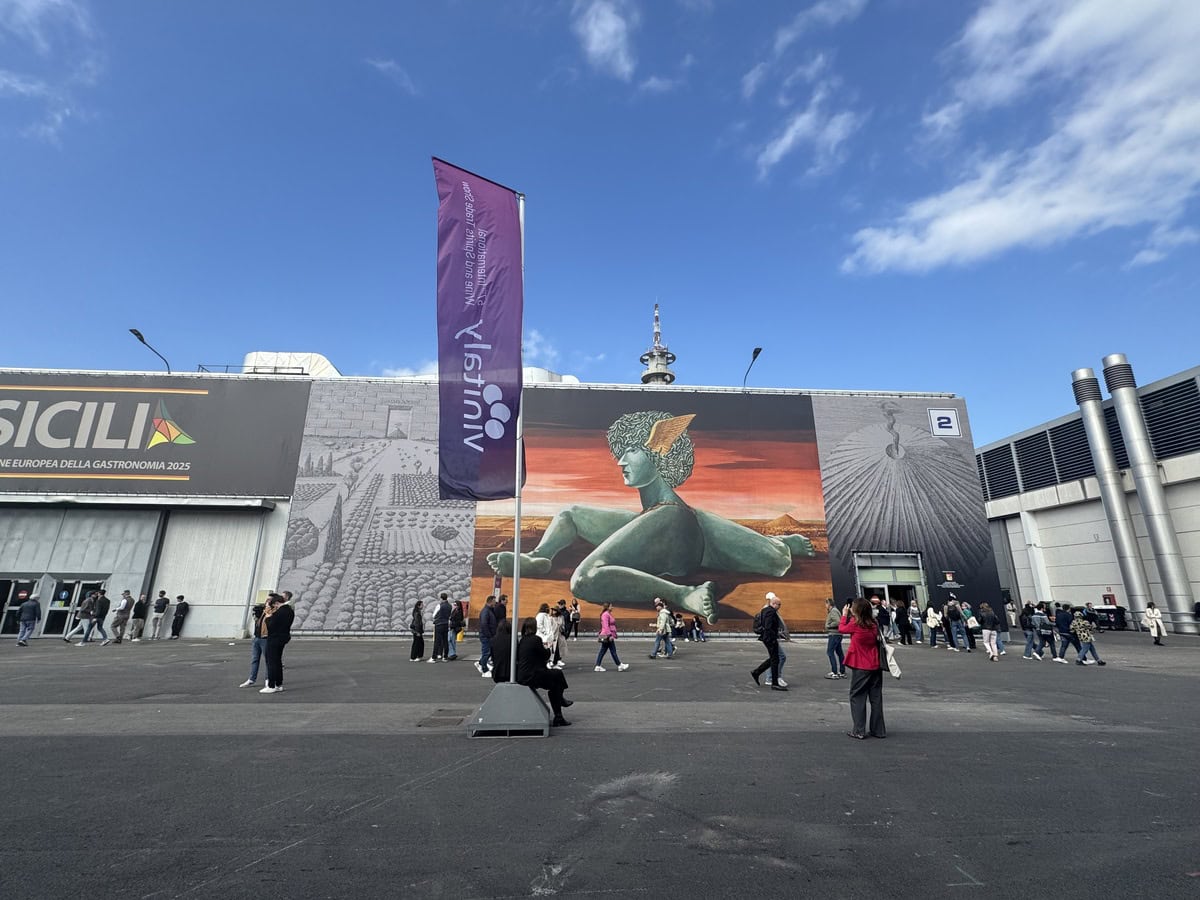 Lost inside Vinitaly? Here are five tastings to try, according to Gambero Rosso
Lost inside Vinitaly? Here are five tastings to try, according to Gambero Rosso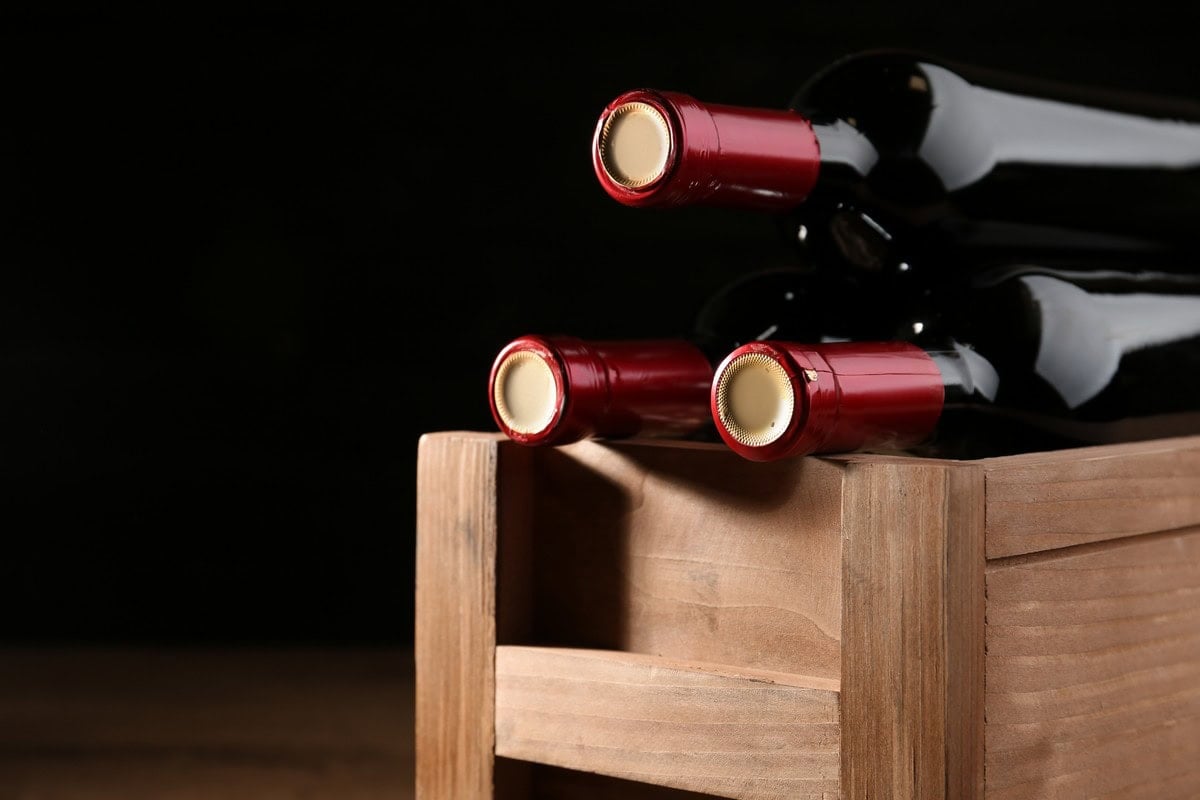 The US market accounts for 24% of global exports of Italian wine. Federvini: “We cannot risk being pushed out”
The US market accounts for 24% of global exports of Italian wine. Federvini: “We cannot risk being pushed out” The Japanese chef who gave up the Michelin star opens a place in Milan where you dine barefoot and listen to Hi-Fi music
The Japanese chef who gave up the Michelin star opens a place in Milan where you dine barefoot and listen to Hi-Fi music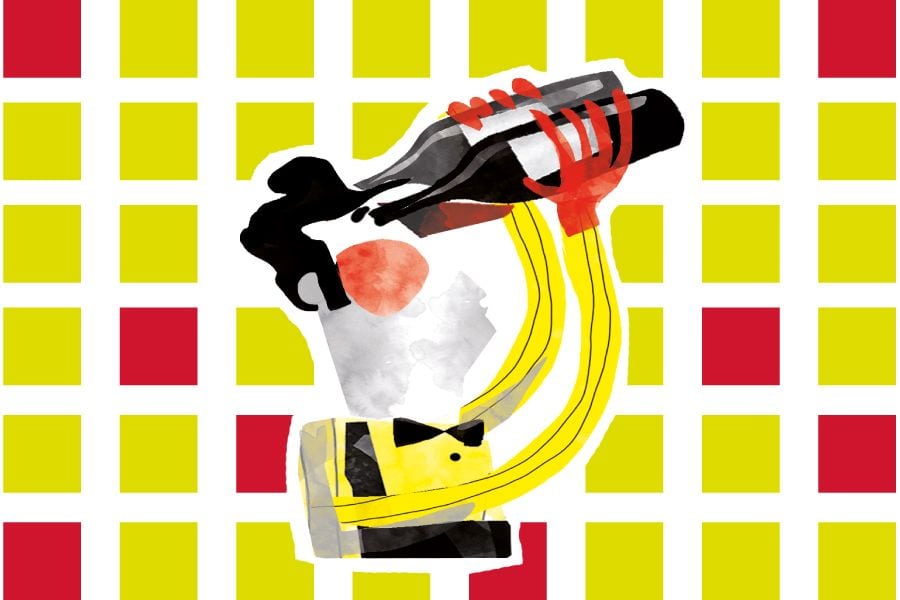 For the first time, Vini Rari arrive at Vinitaly 2025. Here's what they are
For the first time, Vini Rari arrive at Vinitaly 2025. Here's what they are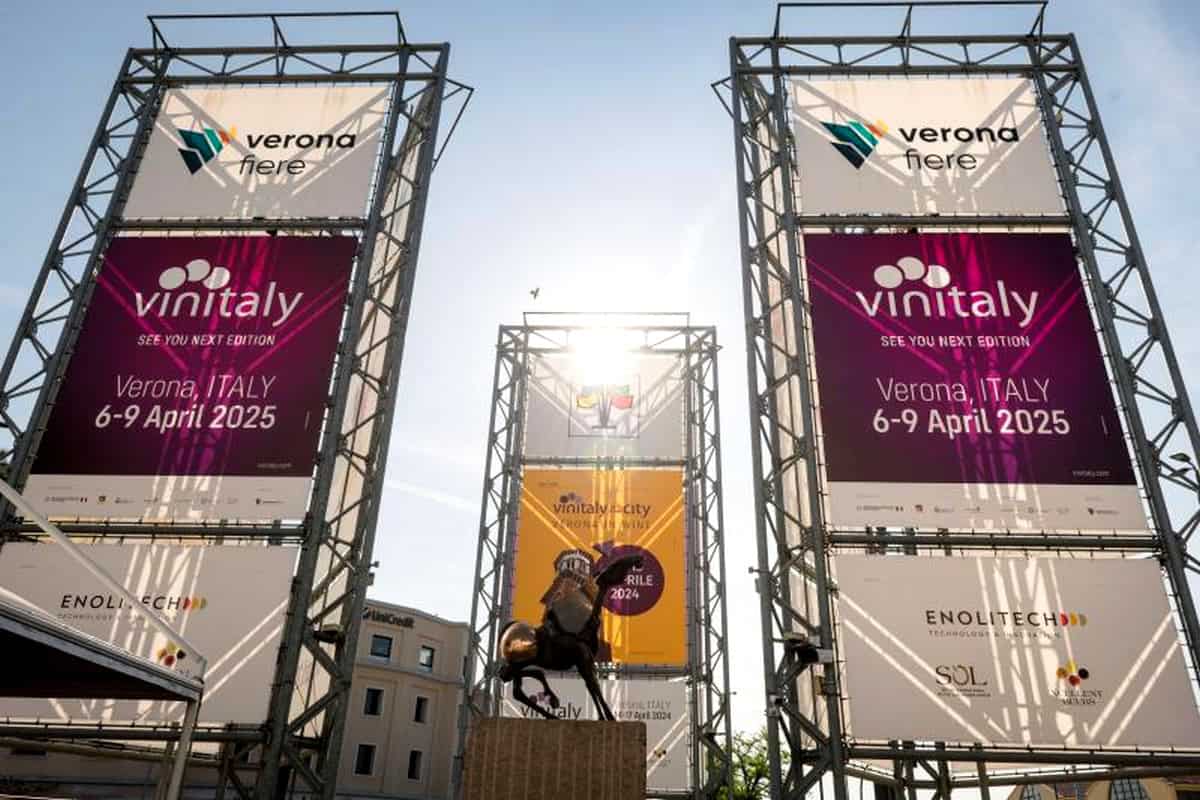 Here are all the events to watch out for at Vinitaly 2025
Here are all the events to watch out for at Vinitaly 2025